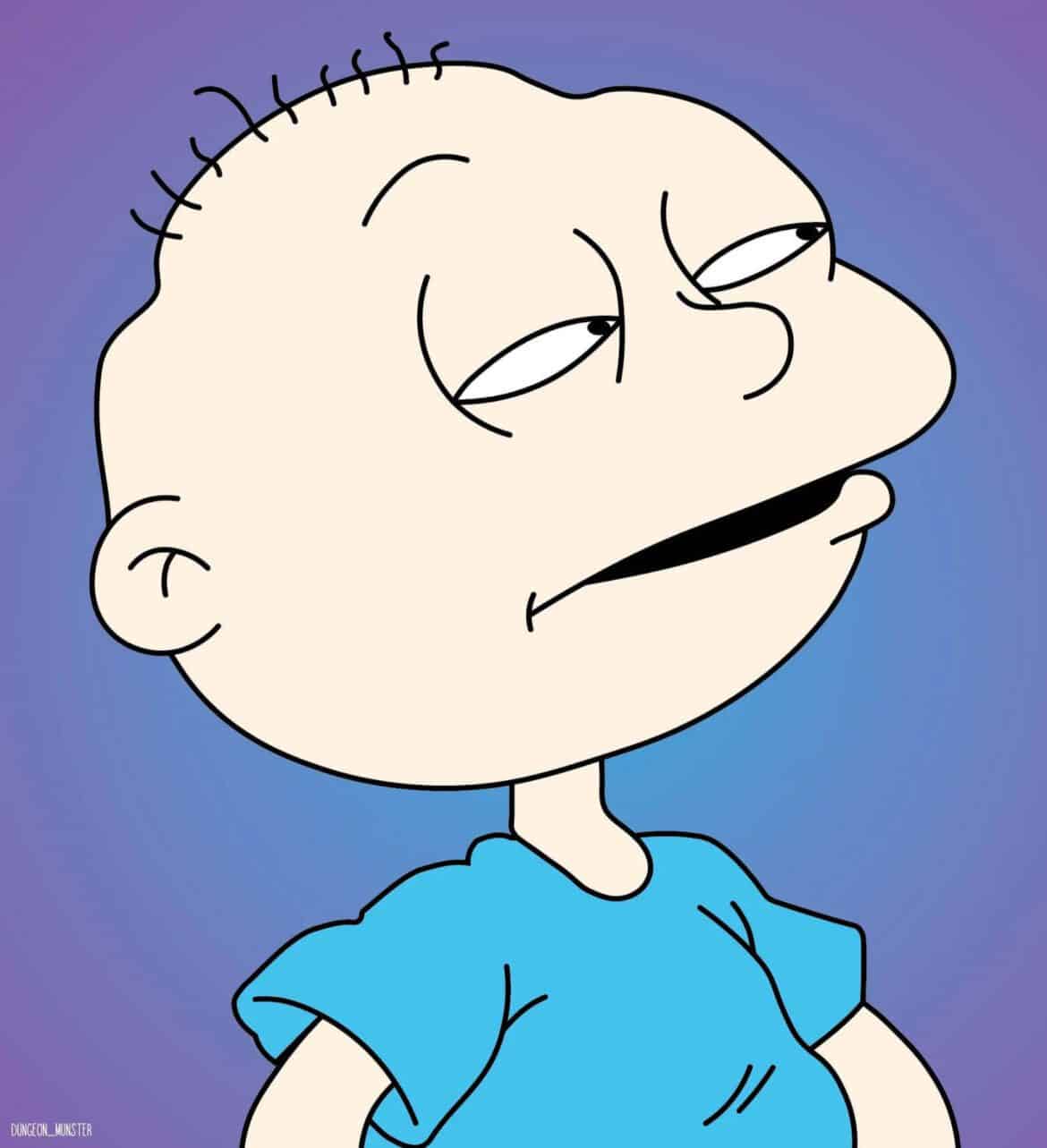Top 10 Iconic Bald Cartoon Characters
What is it about a smooth, shining pate that adds a certain je ne sais quoi to a cartoon character? From lovable oafs to sinister masterminds, bald cartoon characters have carved a unique niche in animation history. Their lack of hair often serves to amplify other distinctive features, creating memorable figures that resonate with audiences.
Think of Homer Simpson, his two strands of hair and iconic "M" hairline instantly recognizable across the globe. His baldness is as much a part of his character as his love for donuts and Duff beer. It's a visual shorthand for his everyman status, his relatable flaws, and his surprising depths. Or consider the villainous Gargamel, his gleaming head a stark contrast to his dark robes and sinister schemes. The absence of hair emphasizes his sharp features, enhancing his menacing presence. These characters, and countless others, demonstrate the surprising power of baldness in animation.
| Character | Homer Simpson |
| Created By | Matt Groening |
| First Appearance | The Tracey Ullman Show (1987) |
| Known For | Loving father, bumbling husband, iconic "D'oh!", nuclear power plant safety inspector (sort of) |
| Key Traits | Gluttonous, lazy, well-meaning, surprisingly sentimental, resilient |
| Impact | One of the most recognizable and beloved cartoon characters of all time, influencing countless subsequent animated comedies. |
| Reference | Simpsons World |
Baldness isn't simply a design choice; it's a storytelling tool. It can convey vulnerability, as with Charlie Brown and his perpetually worried expression. It can signify wisdom and authority, like Professor X leading the X-Men. Or it can simply be a source of humor, as with Elmer Fudd's relentless pursuit of Bugs Bunny, his shiny head bobbing in frustration. The diversity of these characters demonstrates that baldness is not a limiting factor, but rather a canvas for creative expression.
The enduring appeal of bald cartoon characters lies in their ability to transcend their physical appearance. They are more than just hairless figures; they are complex individuals with hopes, dreams, and flaws. From the comedic misadventures of Homer Simpson to the heroic struggles of Aang, these characters resonate with audiences because they reflect the human experience in all its messy, glorious complexity. They remind us that true beauty lies not in outward appearances, but in the richness of character.
Consider the subversive humor of characters like Mr. Burns, whose bald head shines under the glow of his nuclear power plant. His lack of hair, combined with his skeletal frame and hunched posture, paints a picture of greed and ambition. Contrast this with the gentle giant Shrek, whose baldness, coupled with his ogre-ish features, initially intimidates, but ultimately reveals a kind and sensitive soul. The same visual cue a lack of hair can evoke vastly different responses, showcasing the versatility of this design element.
From the slapstick comedy of early animation to the complex narratives of contemporary cartoons, bald characters have consistently held their own. Theyve broken barriers, challenged stereotypes, and entertained generations. They remind us that what truly matters is not whats on our heads, but whats inside them. So, the next time you see a gleaming pate on your screen, take a moment to appreciate the rich history and surprising depth of the bald cartoon character. They are, after all, more than just a shiny head; they are icons, heroes, villains, and, above all, enduring symbols of the power of animation.
Beyond the realm of comedy, baldness can also be a symbol of power. Saitama, the One-Punch Man, sports a gleaming bald head that reflects his unmatched strength. His minimalist design, with its simple lines and lack of distracting details, allows his power to take center stage. Similarly, the wise and stoic Aang, from Avatar: The Last Airbender, carries the weight of the world on his young shoulders, his bald head a symbol of his spiritual journey and commitment to peace.
The 1990s witnessed an explosion of unique and memorable cartoon characters, many of whom happened to be bald. This era cemented the place of the bald character in animation history, contributing to the diverse tapestry of personalities that continue to entertain us today. From the goofy antics of Doug Funny to the villainous machinations of Dr. Evil, these characters proved that baldness could be just as expressive as a full head of hair.
Even within the world of Disney, where flowing locks and princess hairstyles often dominate, bald characters have found their place. Quasimodo, the hunchbacked bell-ringer from The Hunchback of Notre Dame, is a poignant example. His baldness, coupled with his physical deformities, sets him apart from the conventionally beautiful characters, highlighting his inner beauty and resilience. This challenges societal norms and encourages audiences to look beyond appearances.


